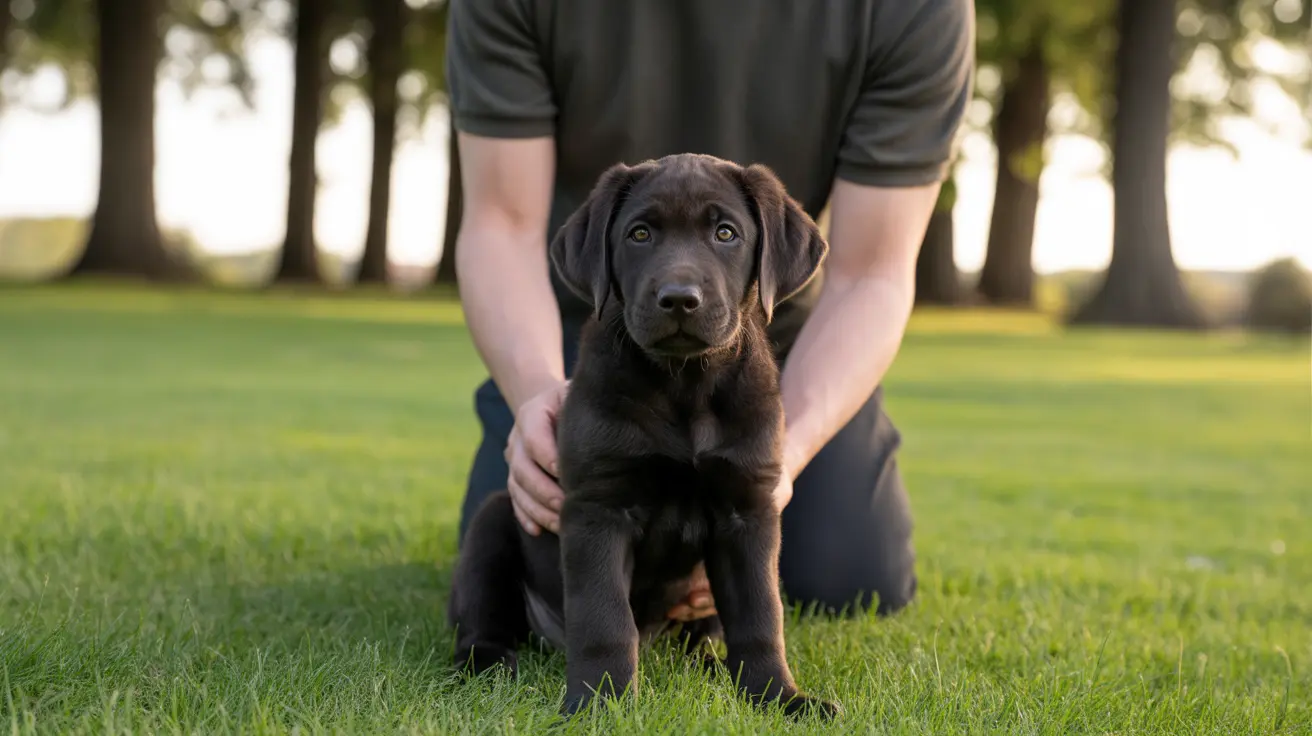Understanding How Dogs Feel About Having Their Tails Touched
The tail is not just a fluff of fur wagging behind your dog—it is a sophisticated communication tool and a sensitive extension of their spine. While affectionately patting or scratching a dog comes naturally to most pet owners, many wonder: Do dogs mind if you touch their tail? The answer largely depends on the individual dog, but generally, tails are a structurally important and emotionally expressive body part, which makes their handling a matter of careful consideration.
Why Dogs Have Tails
Before delving into the ethics of tail-touching, it’s crucial to understand what a dog’s tail is used for:
- Communication: Dogs use tail movement to express a wide range of emotions, from happiness and excitement to anxiety and aggression.
- Balance: The tail helps dogs maintain equilibrium, especially during fast movement or sharp turns.
- Body Language: A dog’s tail position and motion are essential components of its overall body language.
The Emotional Language of the Wag
Most people associate tail wagging with happiness. However, tail wagging can also indicate fear, submission, or aggression, depending on the context and movement traits such as direction, speed, and posture:
- High and loose wag: Shows confidence and excitement.
- Low or tucked tail: Indicates fear or submission.
- Stiff and slow wag: May signal caution or aggression.
- Circular or 'helicopter' wag: Generally a sign of joy and friendly intent.
Touching the tail during these various emotional states can exacerbate the dog’s feelings—positively or negatively.
Puppy Development and Learning
Puppies begin wagging their tails at three to four weeks of age. Part instinct, part learned behavior, tail movement is shaped by social experiences. Puppies observe tail language in other dogs and imitate it, refining their expressive skills as they age. This learning process illustrates how important tail usage is in canine interaction and emotional regulation.
Sensitivity and Muscle Control
The tail houses numerous nerve endings and muscles that offer varying degrees of voluntary and reflexive control. Dogs can raise, lower, stop, or wag their tail rapidly. Many movements are automatic emotional responses—similar to how humans smile or frown without thinking. Given this mix of conscious and unconscious motion, tail touching can feel intrusive or even startling to a dog, especially if done abruptly or from behind.
Breed Differences and Tail Types
Certain breeds, like pugs or huskies, carry their tails in a curled position naturally. Others have long, expressive tails that serve as clear communication tools. However, dogs with short or docked tails may lack the ability to convey emotions vividly through tail movement. These dogs might compensate by using their entire rear body—hips, spine, and torso—to express feelings.
Still, regardless of tail type, touching a dog’s tail may cause discomfort. Each dog has a different tolerance threshold, and breed characteristics only partially determine behavioral reactions.
The Role of Directionality
Research indicates that the direction of a dog’s tail wag—left versus right—holds emotional relevance:
- Right-biased wagging: Linked to approach behaviors and positive emotional states.
- Left-biased wagging: Associated with stress or negatively valenced emotions.
- Observer reactions: Dogs exposed to left-biased wagging from others display increased caution or nervousness.
Touching a dog’s tail when it’s wagging to the left—or during a time of stress—can intensify unease.
When Dogs May React Negatively
Several scenarios exist where tail touching may result in a negative reaction:
- Fearful or anxious mood: The dog may interpret the gesture as a threat.
- Surprise from behind: Touching a dog when it’s unaware can lead to defensiveness.
- Previous trauma: Some dogs have sensitivities due to past injuries or mistreatment.
- Breed predispositions: Certain dogs are more sensitive or independent by nature.
In such cases, the dog might shy away, growl, snap, or even bite in a defensive reaction. Always consider the dog’s body posture, tail position, and facial cues before initiating contact.
Dogs Without Tails Still Communicate
Even dogs with docked or naturally stumpy tails attempt to communicate. You may see them wiggle their nubs or entire back ends to compensate. These physical cues, while abbreviated, are filled with intention and emotion. Observing such movements should give pet owners more insight into what their dog is feeling—even if the tail is not prominent.
Tips for Respectful Interaction
If you're unsure whether a dog is comfortable having its tail touched, follow these steps:
- Observe first: Check for signs of joy (loose wag), fear (tucked tail), or tension (stiff posture).
- Ask permission: For unfamiliar dogs, always ask the owner before touching any part of the dog, including the tail.
- Start slow: Begin by petting the shoulders or chest, moving only if the dog remains relaxed.
- Monitor reactions: Be alert for signs of discomfort like flinching, lip-licking, or growling.
Conclusion
Tail touching should be approached with caution and empathy. The tail is much more than an appendage; it’s a critical mode of expression and sensitivity in dogs. While some tolerant dogs may not react negatively to tail-handling, others view it as an invasive or even threatening act. By respecting this part of your pet, you foster a deeper, more trusting bond and support healthy canine communication habits.





